Forklifts are one of the most widely used mechanical equipment in the industrial field. Whether in warehouses, factories or construction sites, forklifts are required for a large amount of cargo handling work. However, there are many categories of forklifts, and forklifts of different types and load capacities have their own advantages and disadvantages. It is necessary to have a relative understanding of forklifts before purchasing or renting them for a project.
NEOlift lists eight popular forklift classifications currently on the market based on different operating methods:
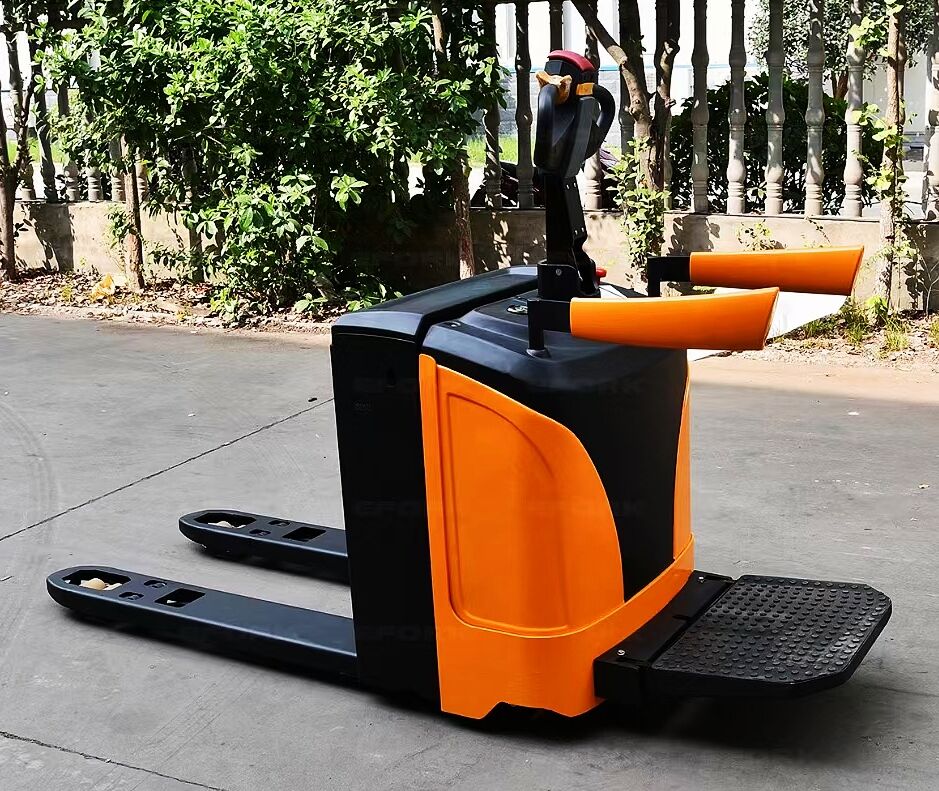
1.Pallet truck forklift
Pallet truck forklifts are divided into electric pallet trucks and manual pallet trucks. The general load is about 2T. They are mainly used in the transfer of goods inside and outside production lines and warehouses. Since there is no lifting mast, pallet forklifts are only used in flat handling scenarios.
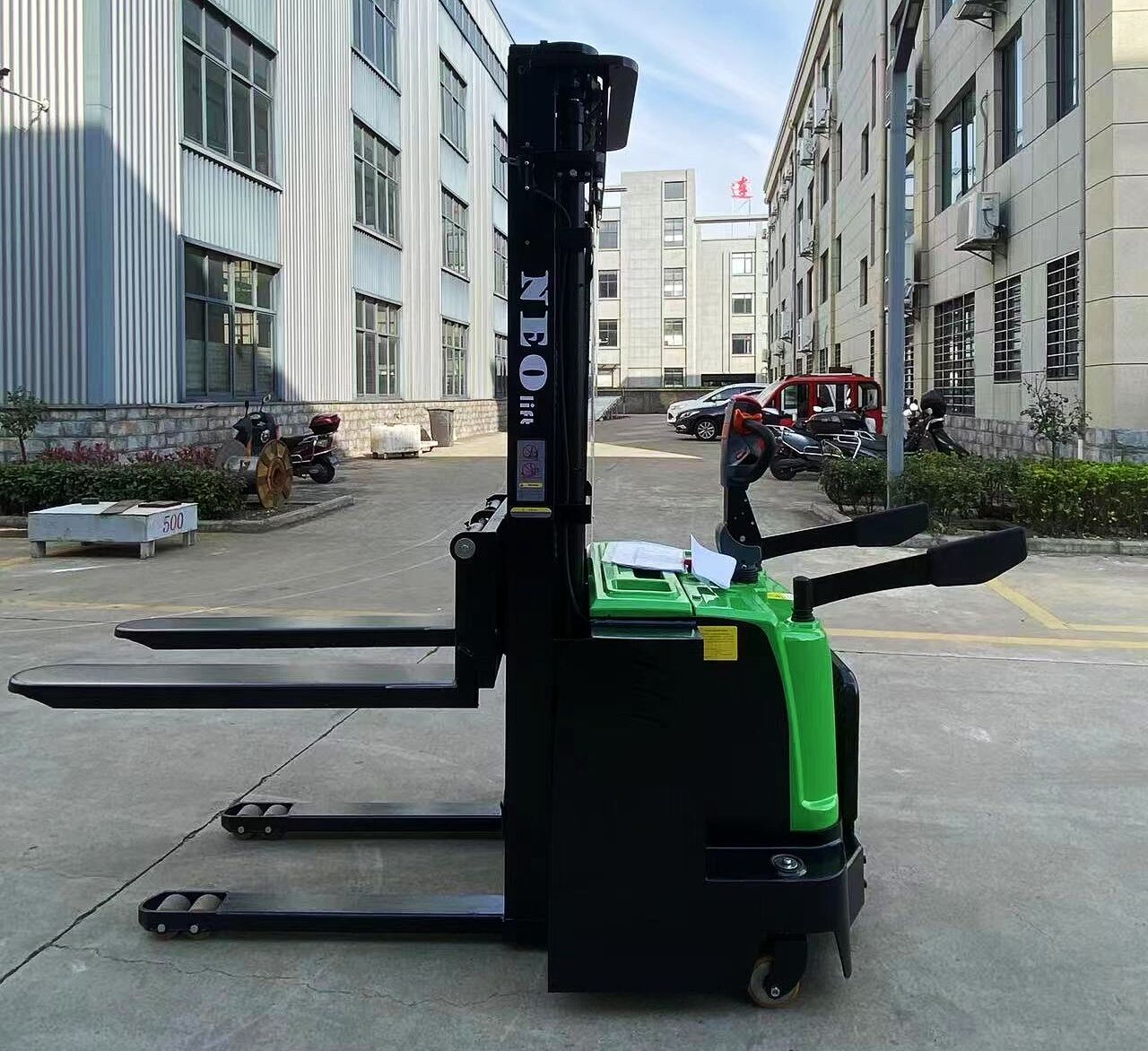
2.Pallet stacker
Pallet stacker, also known as palletizing forklift, refers to a wheeled handling vehicle that is used for loading, unloading, stacking, stacking and short-distance transportation of palletized goods. The stacker truck has a mast, but does not have a cab like other lift forklifts. It is mainly used for flexible handling and stacking operations.
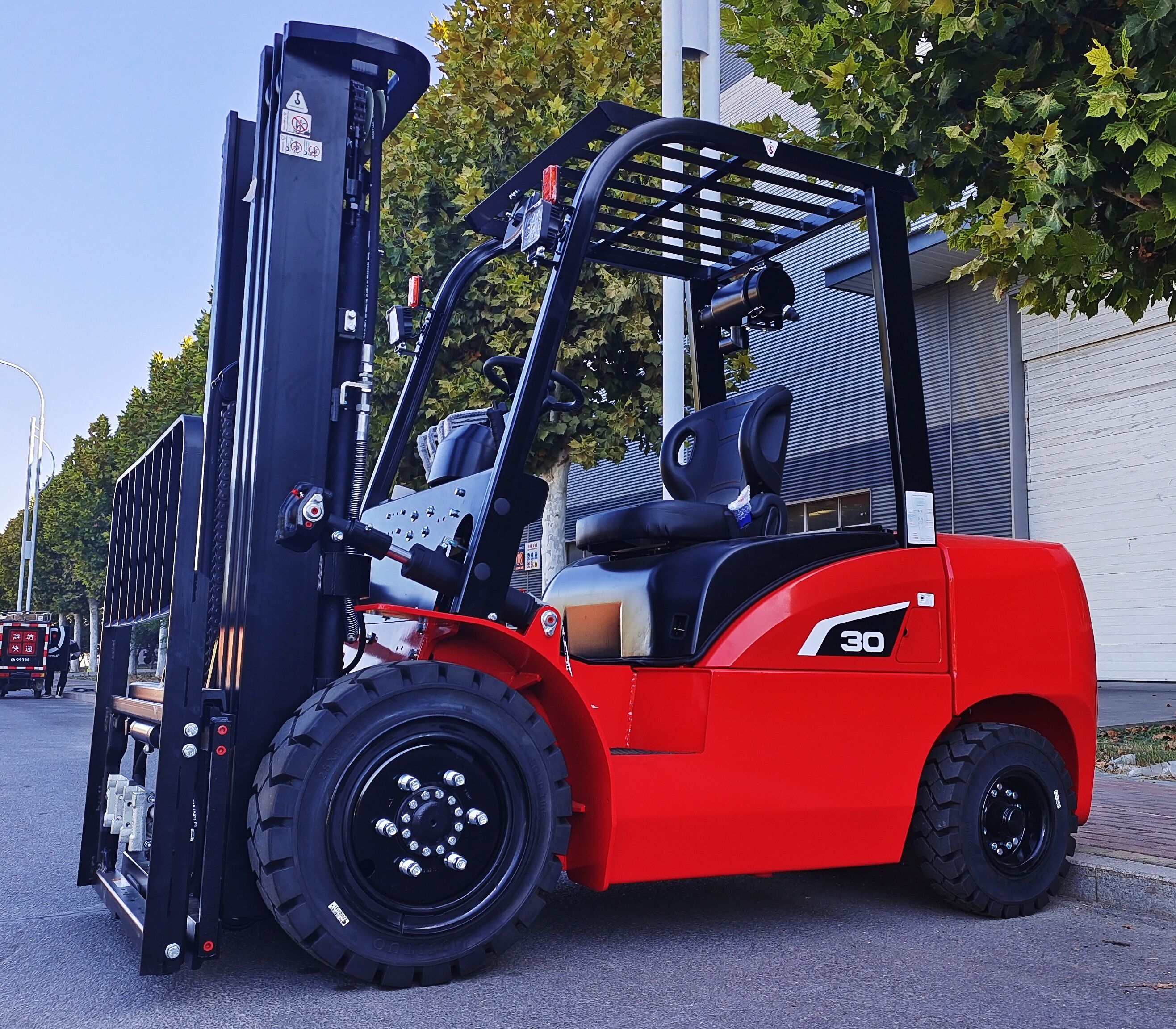
3.Counterbalanced forklift
Counterbalanced forklifts are currently one of the most widely used forklift categories. The fork of a counterbalanced forklift is outside the center line of the front wheel. Its main feature is that in order to overcome the overturning moment generated by the cargo, a counterweight is installed at the rear of the forklift. Counterbalanced forklifts equipped with pneumatic tires run faster and have better climbing ability. The wide range of operations is suitable for loading, unloading, stacking and moving items in ports, stations and enterprises. Forklifts under 3 tons can also operate in ship cabins, train carriages and containers. The general lifting height is 2-7 meters.
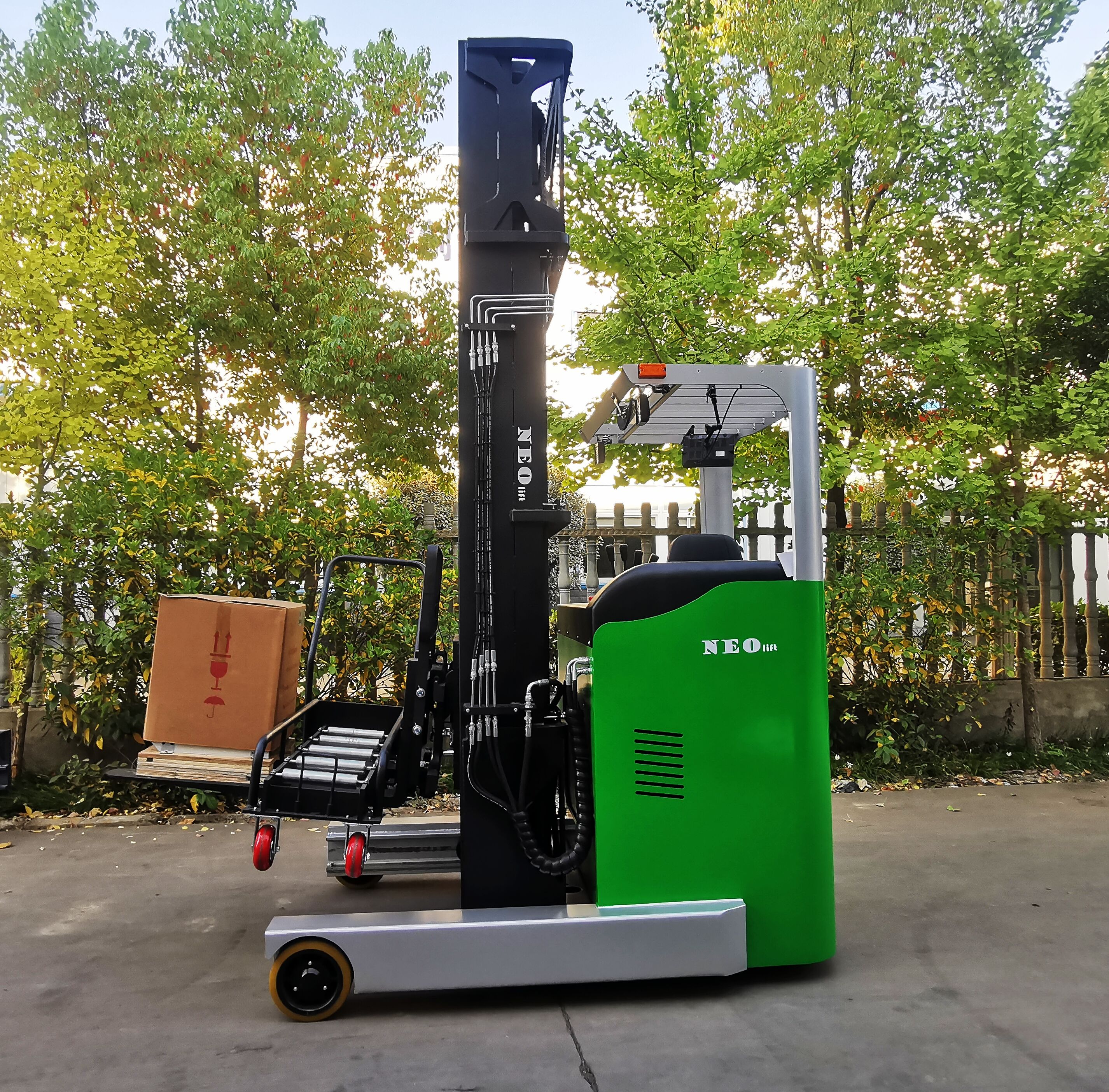
4.Reach truck
The mast or fork of the reach truck can move forward and backward. The maximum lifting height has reached 12 meters, and the load range is from 1 to 2.5 tons. Multi-directional reach trucks have been developed for storing and retrieving long and wide goods. Special-purpose products such as double-depth reach forklifts and indoor and outdoor universal reach forklifts have gradually become the main tools.
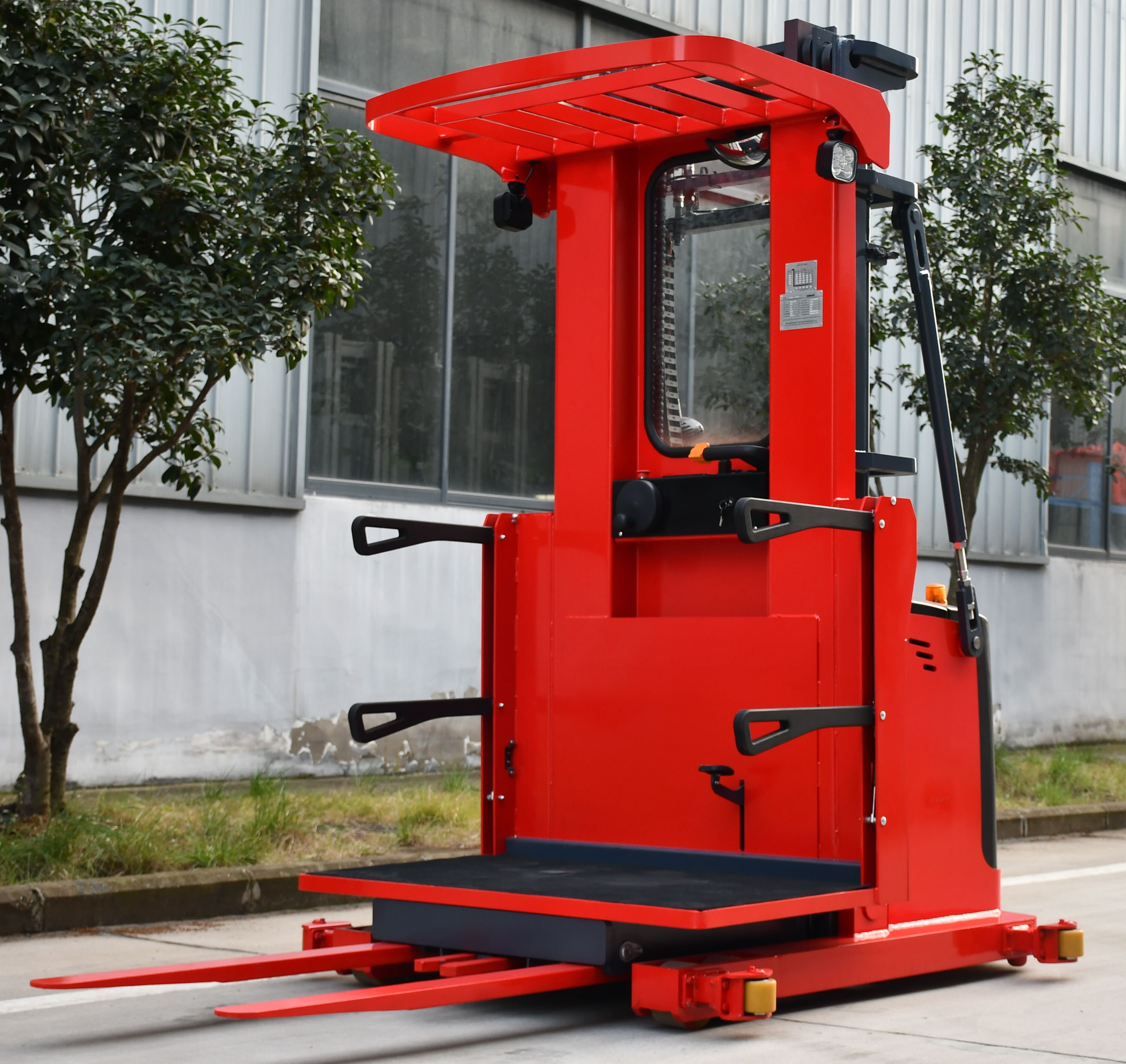
5.Order picker
Order pickers are also called picking forklifts. The cargo forks and standing foot pedals are installed on the inner carriage and move up and down together with the loading and unloading device. The operator can act on both sides of it to pick items stored on the shelves on both sides. The lifting height of the picking forklift is 4 to 9 meters. The picking forklift has a small turning radius and is suitable for narrow passages and high-rise shelf warehouses.
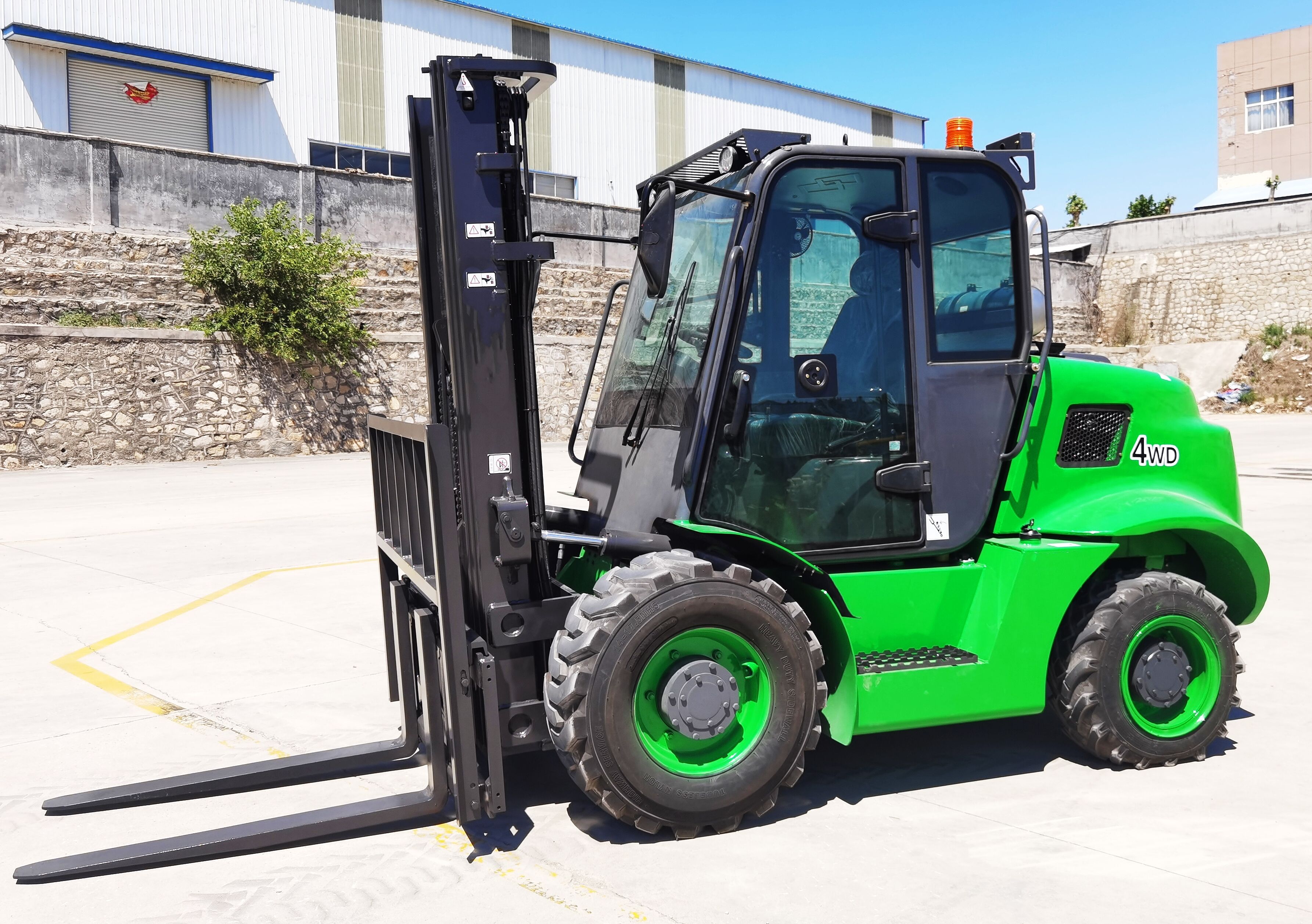
6.Rough terrain forklift
Off-road forklifts are the main category of outdoor forklifts. Compared with industrial counterbalanced forklifts, off-road forklifts use pneumatic tires and are suitable for outdoor construction and work on uneven surfaces, such as gravel, sand, mud and even ice-covered ground. . Rough-terrain forklifts have powerful engines, making them faster and more flexible and durable. The load of off-road forklifts is generally 3-5T.
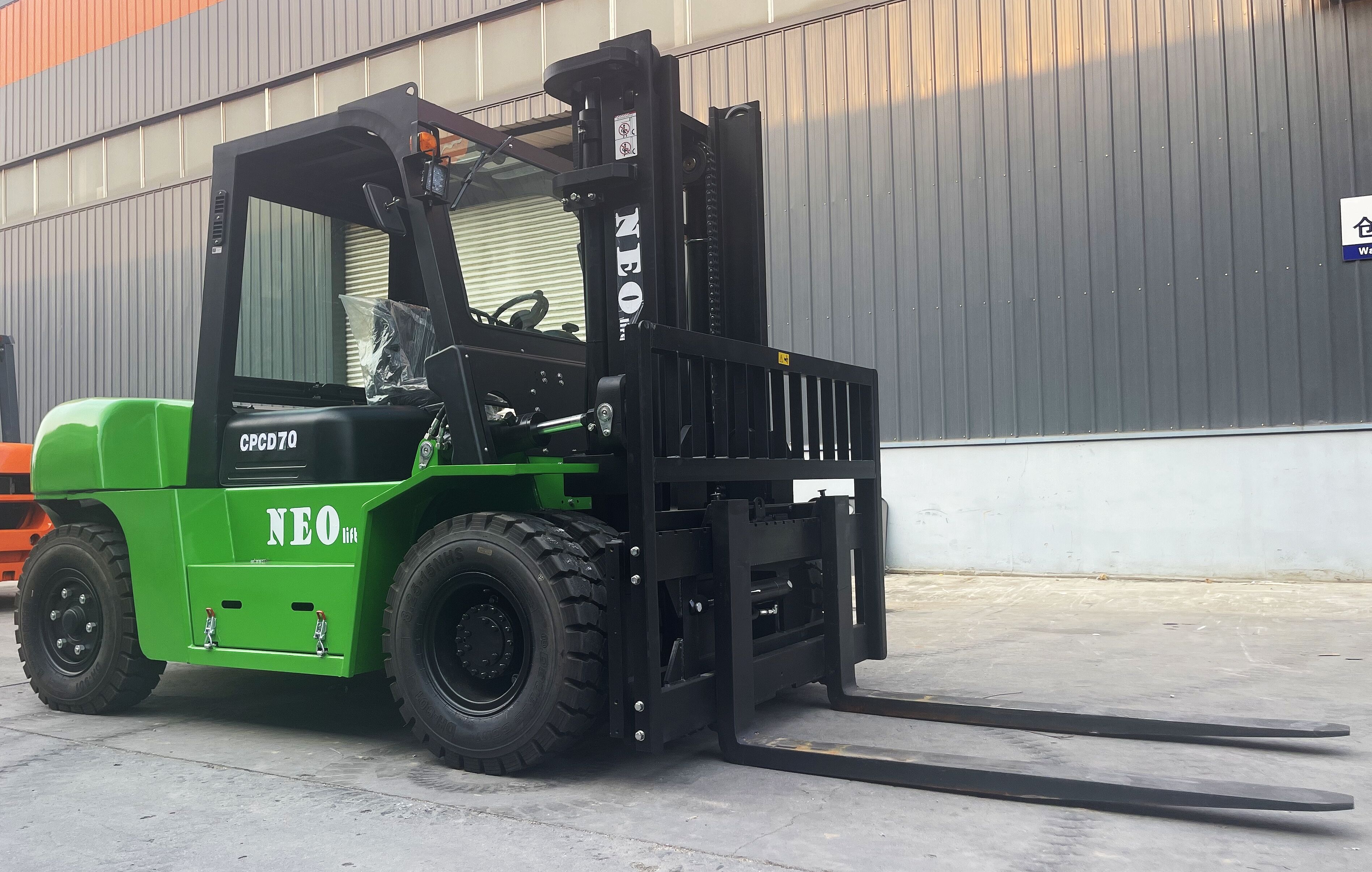
7.Heavy-duty forklift
Heavy-duty forklifts (also known as large-capacity forklifts) combine the functions of warehouse forklifts with those of telescopic forklifts. They have a high load capacity and a lifting capacity of 13T-25T. Common heavy-duty forklifts include heavy-duty forklifts and container fronts. Forklifts and container stackers generally have a narrow range of applications, concentrated in heavy industry and container terminals.
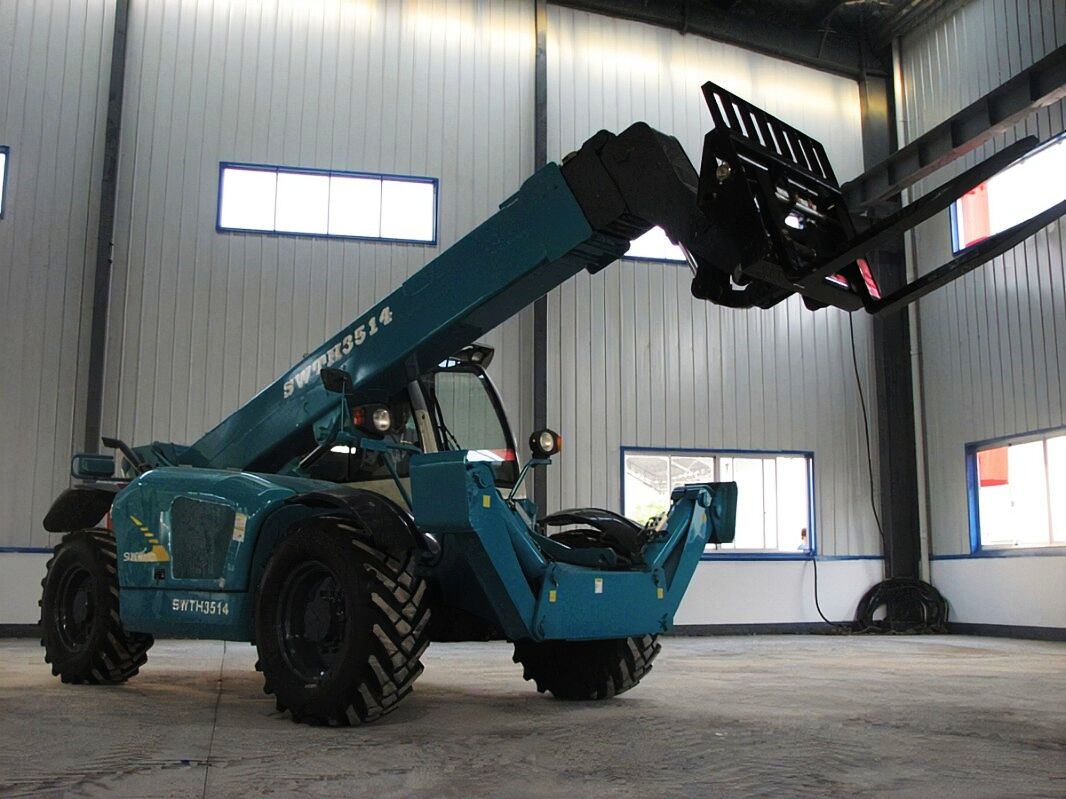
8.Telescopic forklift
Telehandlers, also known as telescopic forklifts, have a boom and a telescopic arm. The fork connected to the telescopic arm moves 2.5 meters of material off the ground and is lifted from a height of 6-19 meters in the air. Telescopic forklifts are very suitable for reaching into narrow spaces and are widely used in factories, stations, docks, freight yards, post offices, forests, building materials, warehouses and other places.
To choose the right model from all the different forklift types, you need to consider a few criteria. Here are the general reference criteria compiled by NEOlift to ensure the operation efficiency and safety of the selected equipment:
1) Determine the weight, length, width and height of the goods;
2) Determine the lifting capacity (unloaded situation) and lifting height of the forklift;
3) Determine the conditions of the work site: ground load-bearing, slope, smoothness, site width and height limits;
4) Other factors: extreme operating temperature

 EN
EN
 AR
AR
 BG
BG
 CS
CS
 DA
DA
 NL
NL
 FI
FI
 FR
FR
 DE
DE
 EL
EL
 HI
HI
 IT
IT
 JA
JA
 KO
KO
 NO
NO
 PL
PL
 PT
PT
 RO
RO
 RU
RU
 ES
ES
 SV
SV
 IW
IW
 ID
ID
 LV
LV
 LT
LT
 SR
SR
 SK
SK
 SL
SL
 UK
UK
 VI
VI
 SQ
SQ
 ET
ET
 HU
HU
 TH
TH
 TR
TR
 FA
FA
 MS
MS
 HY
HY
 AZ
AZ
 KA
KA
 UZ
UZ

